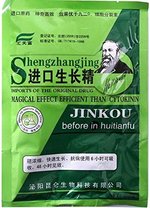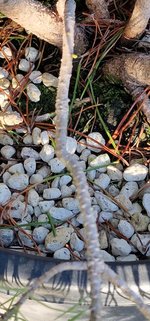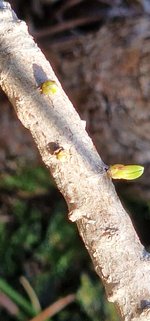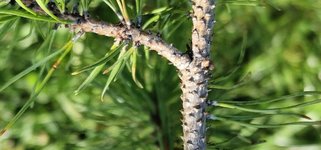bonsai-max
Shohin
Hi there, some weeks ago I grab a bag of cytokinin powder, I have two pines that I can use as a test plant but needs some starting point.
Someone want help me ?
That's the product


With a kind of google translate :


The package say 1.5 to 2.5gr per 1 Lt of water, the website say 1:1000 water diluted, sprayed on plants Fruit, flower, potted, etc.
But how often ? For how long ? Dosage ?
Let's do some tests I can take a diary, maybe is functioning for backbudding.....
I can take a diary, maybe is functioning for backbudding.....
Someone want help me ?
That's the product


With a kind of google translate :


The package say 1.5 to 2.5gr per 1 Lt of water, the website say 1:1000 water diluted, sprayed on plants Fruit, flower, potted, etc.
But how often ? For how long ? Dosage ?
Let's do some tests




